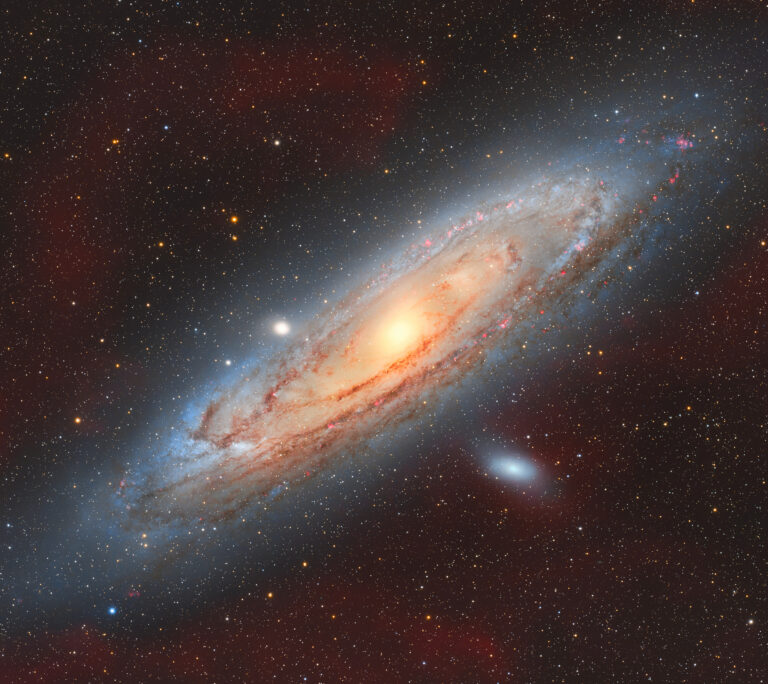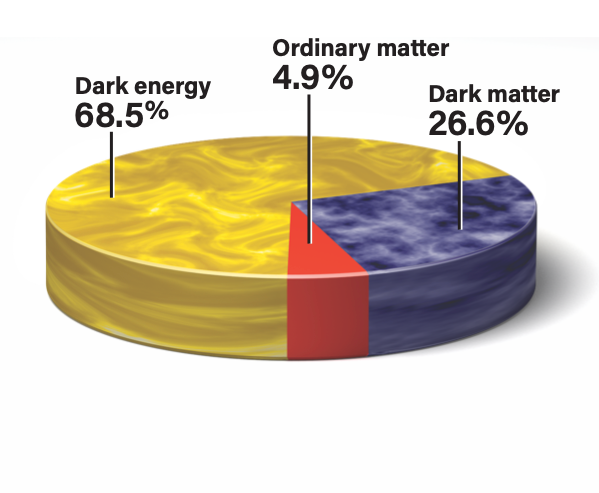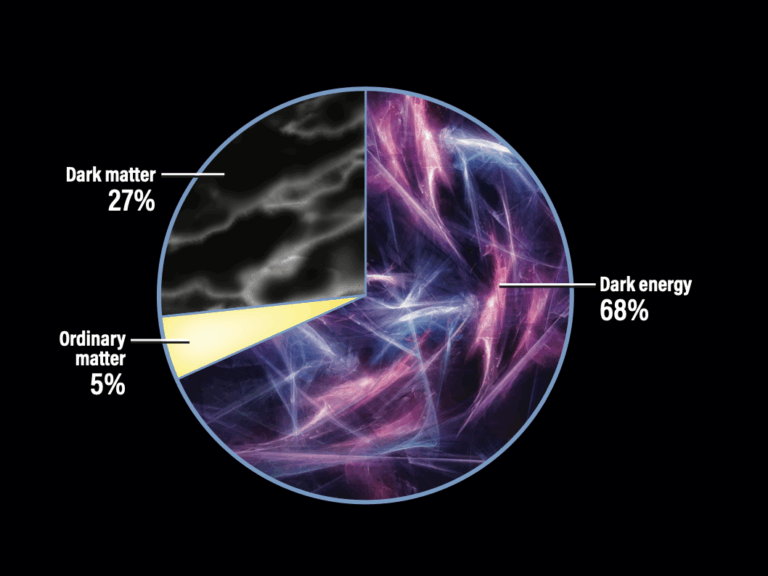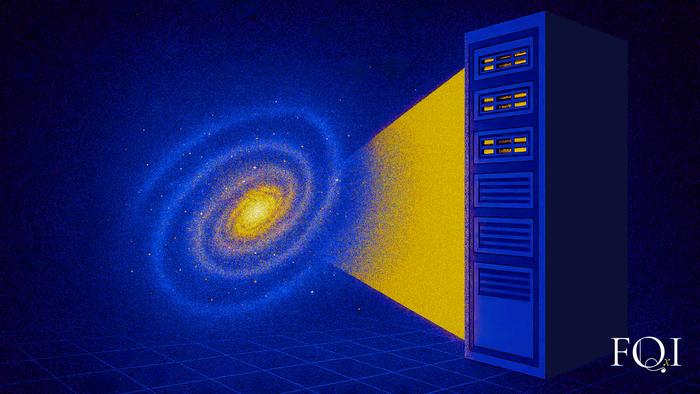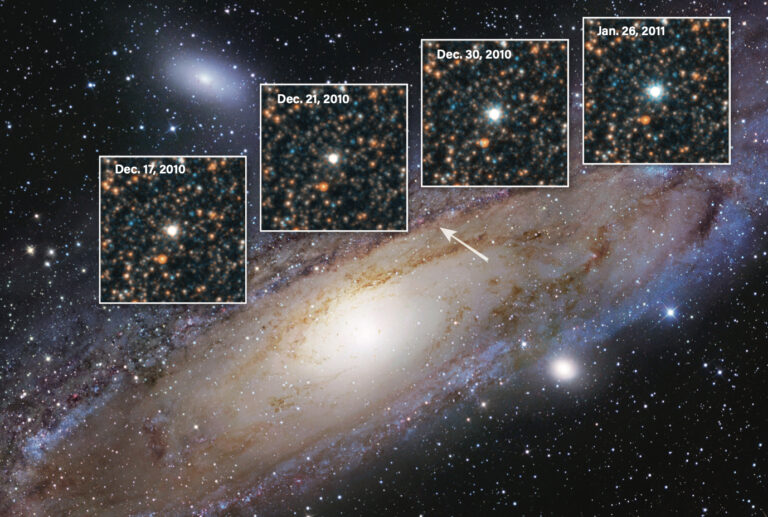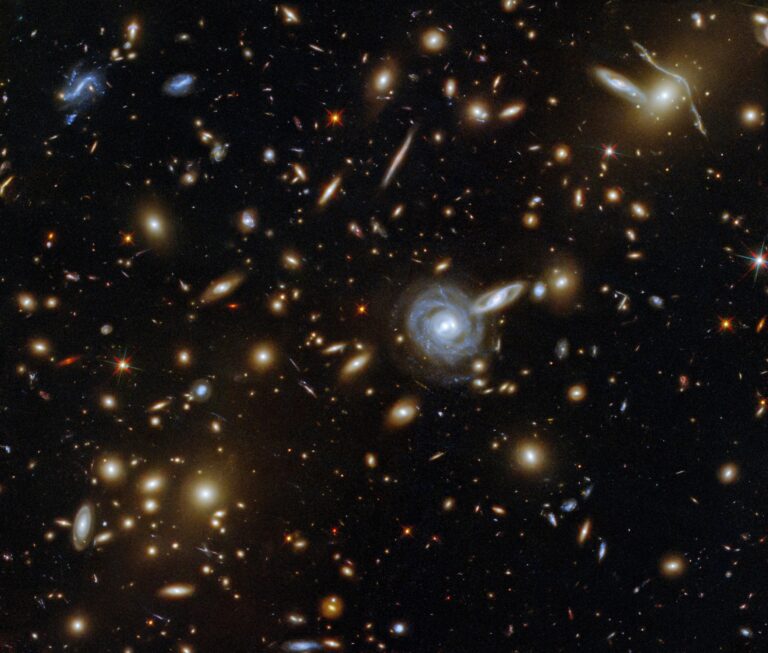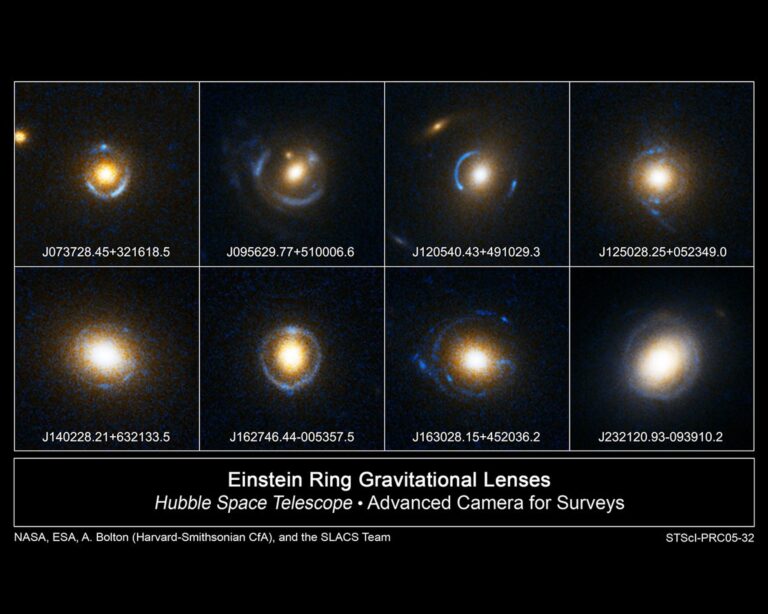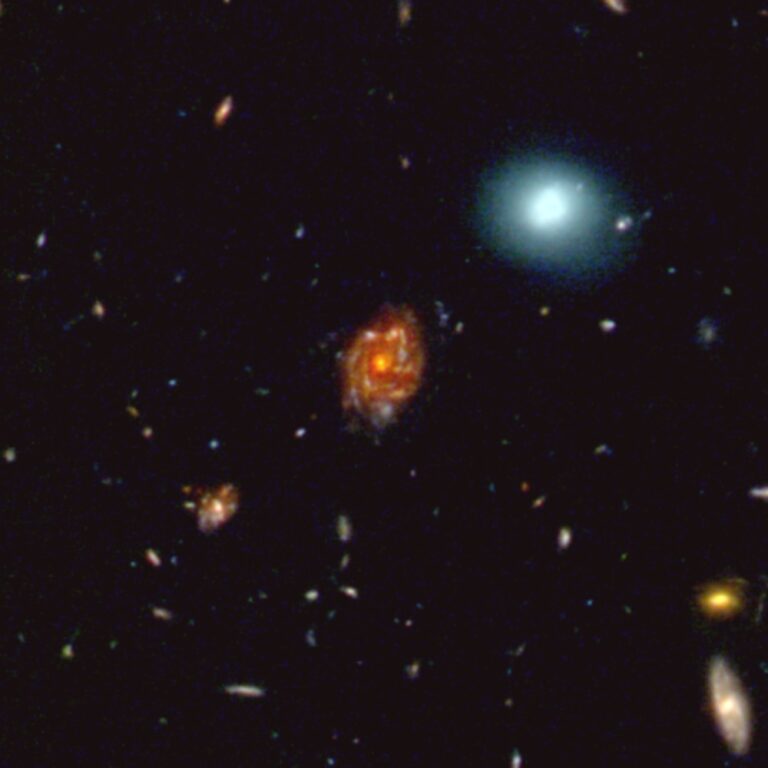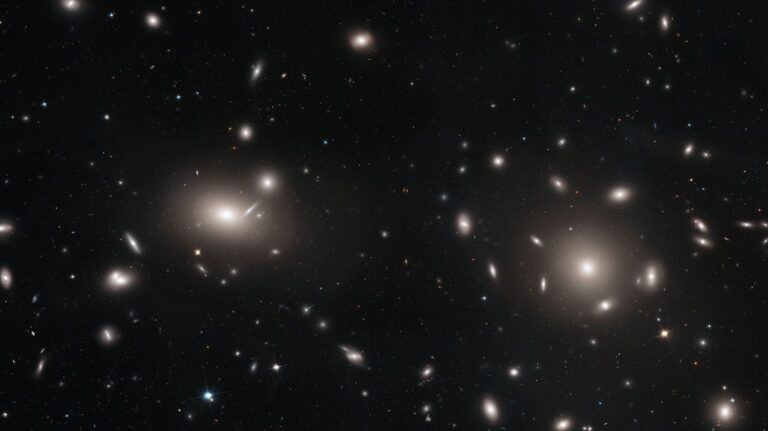Key Takeaways:
- Globular cluster NGC 6397 harbors a population of hundreds of thousands of ancient, metal-poor stars.
- Observations of several hundred hydrogen-burning stars within NGC 6397 reveal consistent lithium abundances.
- Hydrogen and helium constitute approximately 98% of the universe's mass.
- The origin of heavier elements was understood by scientists before the processes producing hydrogen and helium.

Nearby globular cluster NGC 6397 contains hundreds of thousands of ancient metal-poor stars (those that have few elements heavier than helium). Observations of a few hundred of these stars show that those burning hydrogen into helium all have about the same abundance of lithium.
ESO
Hydrogen and helium — the two lightest elements — make up some 98 percent of the universe’s mass. It may seem surprising, then, to learn that scientists figured out where the heavier elements came from before they understood the big two.

